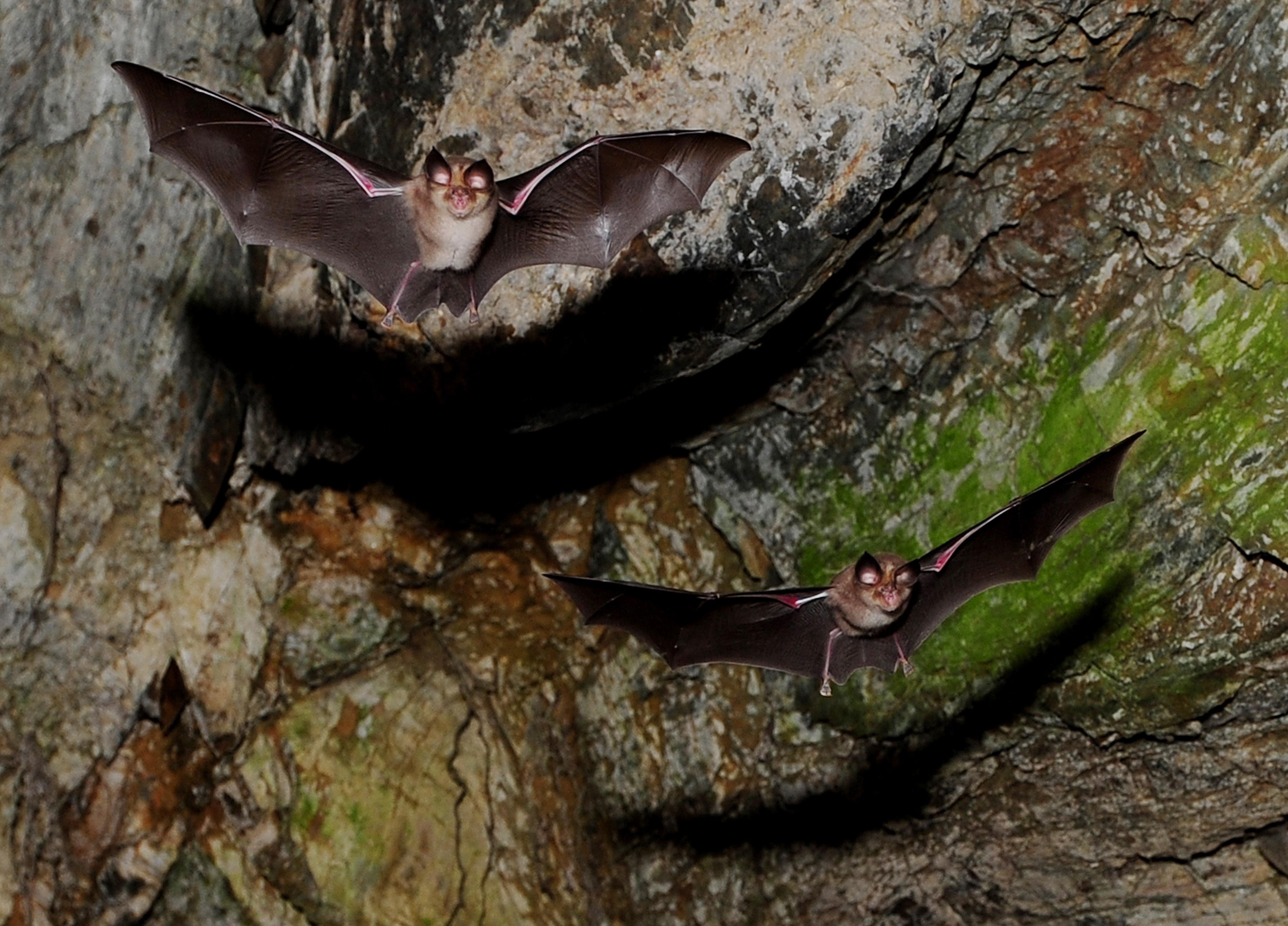Remember in The Dark Knight when ol’ Bats turns every cellphone in Gotham City into a “high frequency generator” and you rolled your eyes as if that were somehow less realistic than the magical rolling wheels of the Bat Bike? Well, new research is showing that the acoustic mapping capabilities of such devices aren’t quite as futuristic as you might think.
Using just an advanced algorithm and a handful of microphones, researchers at the Swiss Federal Institute of Technology in Lausanne have successfully mapped the dimensions of a closed area by measuring “room impulse responses.” At the most basic level, they blast a noise out of a speaker and then use the microphones to record what happens when the sound waves bounce off of the room’s walls, ceiling, floor, and any other objects. In this way, it’s really similar to how a bat, dolphin, or superhuman uses echolocation.
Unfortunately, most of us don’t have millions of years worth of evolutionary experience determining echo-order or sorting out background noise. This is where the algorithm comes in—it determines the correct combination of echoes and assign them to corresponding walls. So far, the team has tested the algorithm successfully in a small lecture room—an adjustable wall even allowed them to change the shape of the room to test various scenarios.
They also tested the system within the complex architecture of the Lausanne Cathedral. With so many more pillars, arches, corners, and objects to map, the results were predictably incomplete. However, the algorithm was able to identify large flat surfaces amidst the acoustical chaos, such as the cathedral’s three glass walls and floor.
Given the many recent revelations about the National Security Agency’s willingness and capability to snoop, the Batman application of all this seems a little more threatening than it might have a month ago. For instance, if the government can monitor domestic phone calls—without a warrant, by the way—then what’s to stop them from running a similar mapping algorithm to peer inside your home? With microphones of their own, home computers, tablets, and smart TVs could hypothetically provide other data sets for the algorithm to munch on. (Again, such notions would all be firmly within the realm of coo-coo conspiracy theory if we didn’t keep learning things like this.)
So I asked Ivan Dokmanić, an electrical engineer and one of the paper’s authors, point-blank: Are smartphone microphones sensitive enough to detect acoustic echoes?
“Comparison with The Dark Knight is not absurd at all, but we need to start small,” Dokmanić told me. “The level of detail obtained in Batman is a bit unrealistic for many good theoretical reasons, but I believe there is potential to get some idea about the space.” Dokmanić also said that while cellphone microphones could do the job, most models out there today are actively working against the type of background noise necessary for acoustical mapping. (Apple has even used this in their advertising.)
Batman aside, Dokmanić’s research will likely have more immediate applications in virtual reality, architectural acoustics, audio forensics, teleconferencing, and indoor localization. This last one could be really cool, since the algorithm can be reversed if the building’s dimensions are already known. So don’t be surprised if someday soon there’s an orientation app that uses acoustic vibrations to guide you around a museum, office building, or airport.
The NSA saga has got us all antsy about surveillance and privacy, but let’s not forget that in today’s world of GPS, Google Street View, and Facebook check-ins, more often than not we want to be found.
